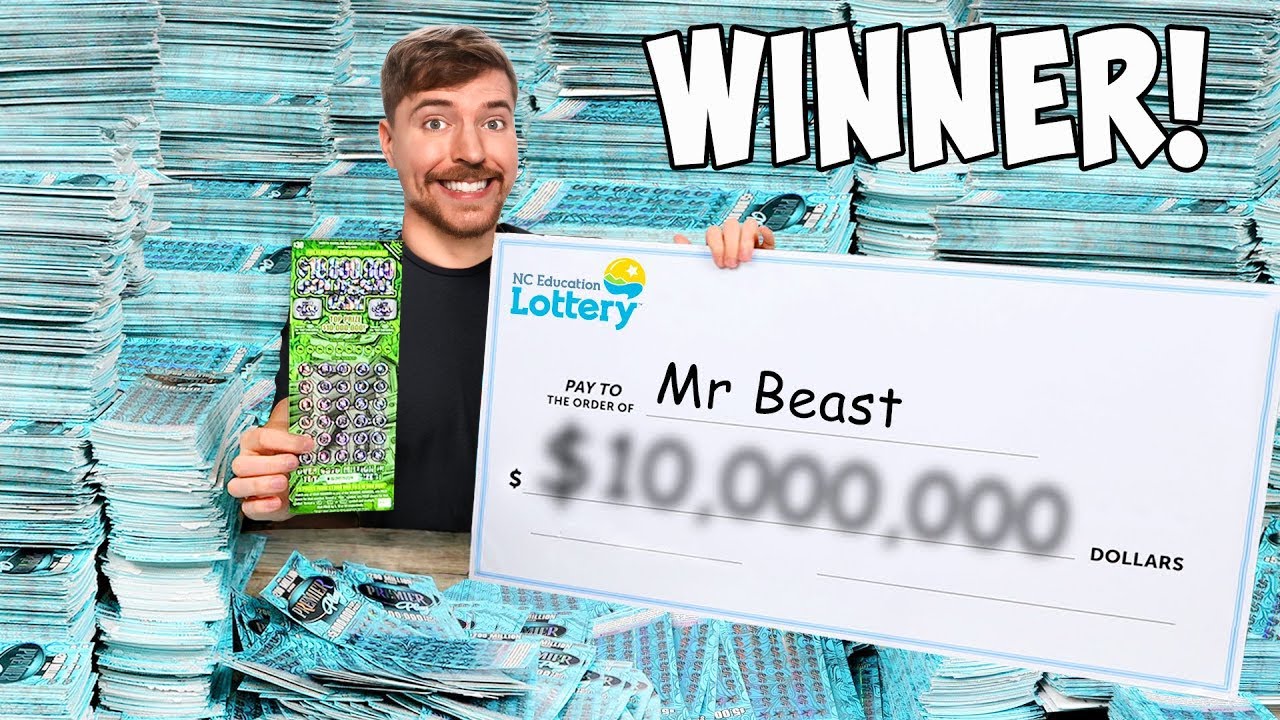YouTube’s Pied Piper
MrBeast is the pied piper of kids on YouTube. He marches them from videos to merch to candy to sweepstakes to feel-good fundraisers—and calls it generosity. It isn’t. It’s a conversion machine built for children.
CARU already mapped the failures: disclosures kids won’t see, “no purchase necessary” hidden behind friction, and data collection that treats parental consent like a settings toggle. The official response—“long since revised or discontinued”—isn’t accountability. It’s proof the system only changes when it’s cornered.
The culprit is platform design
YouTube built this. TikTok, Instagram, and Snapchat copy it. Spectacle and shopping get distribution. Ambiguity gets protected. Disclosures are optional, buryable, and inconsistently rendered across TV apps, mobile, and web. “Made for kids” policies read tough and ship soft. Linkouts, storefronts, and affiliate rails are first-class features; child protections are afterthoughts.
Call it what it is: profit from confusion at scale. The bigger the channel, the safer the gray area, because “fix it later” is cheaper than designing it right.
What this actually is
Recycled TV with bigger budgets. Game shows, lotteries, endurance gags. The content is the funnel. The prize is the bait. The ad is offscreen.
Middling products with maximum hype. The product doesn’t need to be good; it needs to be promotable.
Gambling mechanics for kids. Giveaways everywhere, odds nowhere, “free path” buried where a child won’t find it fast.
Charity as sales collateral. “Doing good” as a growth lever—watch, share, buy, submit your info.
This isn’t innovation. It’s industrialized line-blurring aimed at minors.
Not a one-off: PRIME, Sidemen, Ryan’s World
MrBeast is not alone. He’s just the biggest.
PRIME (Logan Paul & KSI): Gen Alpha’s energy drink. Caffeine levels and brand confusion that triggered scrutiny while influencers pumped demand. Kids buy it because their YouTube heroes told them to.
Sidemen (KSI et al.): From YouTube to fried chicken, vodka, cereal, and live events—an empire marketed straight to teens under the “authentic” banner of a collective.
Ryan’s World: Once “toy reviews,” now a licensing machine—snacks, clothing, toys—built on ads that critics say were indistinguishable from content for preschoolers.
MrBeast → Feastables / MrBeast Burger: Candy wrapped in sweepstakes. Burgers that collapsed into lawsuits. Same playbook: hype + reach > quality + clarity.
Different faces, same mechanism: industrialized ambiguity, scaled by platforms that reward it.
“We revised it” is the tell
The large-actor playbook: push the line, harvest the gains, patch the copy, keep the machine. Smaller creators who follow the norms get demonetized or banned. Platforms win either way—watch time and conversion don’t care whether a disclosure was legible to a nine-year-old.
Influencers aren’t bystanders; they’re power users. They often understand the algorithm better than the people who built it. That’s exactly why they don’t get a pass with kids. There’s a difference between entertaining a child and selling to one. If you can engineer a thumbnail to pull a nine-year-old into a 20-minute watch, you can keep an on-screen disclosure there too.
The standards (non-negotiable)
In-frame disclosure at the moment of influence. If you sell in the video, you disclose in the video—clearly, on every surface.
First-order “no purchase necessary.” If the offer lives on the candy bar or the page, the free path lives right next to it—equally visible, equally fast.
Verifiable parental consent before any data touch. Not after. Not implied. Before.
If your campaign can’t survive those three, your campaign doesn’t belong near kids.
What platforms must do—now
Block uploads without time-synced disclosures.
Ship a machine-readable disclosure track that renders everywhere—TV, mobile, web.
Lock down links, shops, and sweepstakes on kid-reachable content by default.
Standardize sweepstakes templates with platform review.
Enforce parity with real pain: revenue clawbacks, distribution throttles, repeat-offender suspensions.
Give parents a dashboard to kill promos and data collection across a child’s account.
What advertisers must do—today
Stop buying kids’ reach without in-frame disclosures and visible free entry.
Write clawbacks into every IO.
Demand independent audits on child-directed campaigns.
Where this lands
Spare the “nice guy” narrative. Jimmy Donaldson runs the most visible version of this machine, but Logan Paul, KSI, the Sidemen, Ryan’s World, and others prove it’s systemic. They normalize the blend of spectacle, shopping, and pseudo-lottery for kids.
YouTube and its peers engineered the rails that make it lucrative. They are not bystanders. They are co-authors.
